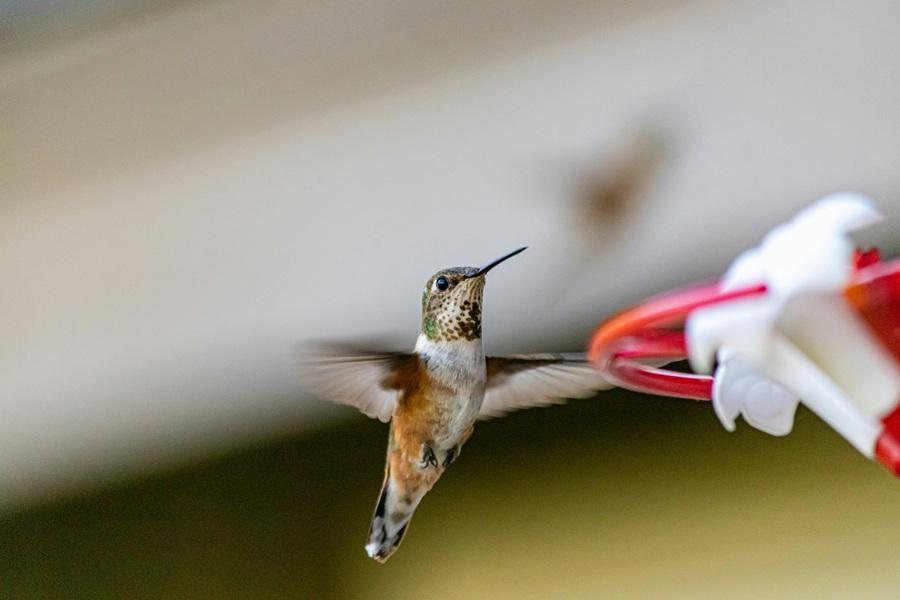Cottage gardens are known for their romantic charm, free-spirited design, and vibrant floral displays. Rooted in tradition but versatile enough for modern homes, cottage garden layouts allow you to transform even a modest yard into a botanical retreat. Whether you have a large backyard or a compact front garden, implementing thoughtful yard landscaping ideas will help you create a cohesive and enchanting space.
What Defines a Cottage Garden Layout?
A cottage garden layout typically emphasizes an informal structure, dense planting, and a mix of ornamental and edible plants. Rather than rigid lines and geometric patterns, the design flows naturally with soft, curved borders and overflowing flowerbeds.
Key Elements of Cottage Garden Design:
- Layered planting: Taller flowers like hollyhocks and foxgloves at the back, medium-height plants like delphiniums and daisies in the middle, and creeping groundcovers or herbs in front.
- Color abundance: Richly colored flowers in pink, purple, blue, and white create visual appeal.
- Winding paths: Gravel, stepping stones, or bark mulch paths invite exploration and movement.
- Functional features: Incorporate arbors, trellises, vintage gates, and birdbaths for a storybook feel.
- Edible plants: Blend herbs, fruits, and vegetables like lavender, tomatoes, and berries seamlessly among flowers.
Yard Landscaping Ideas to Complement Cottage Gardens
If you want to extend the theme beyond garden beds, consider broader yard landscaping ideas that complement the cottage aesthetic. Even lawns, patios, and fences can reflect the same charm with a few thoughtful additions.
Softening Hardscapes:
- Use climbing roses or clematis to cover walls, arbors, or fences.
- Install a weathered wooden bench under a flowering tree for a cozy resting spot.
Lawn Alternatives:
- Replace traditional grass with low-growing herbs like thyme or chamomile.
- Add meandering pathways leading to a central focal point like a fountain or sundial.
Rustic Accents:
- Reuse old wheelbarrows, watering cans, or crates as plant containers.
- Install a vintage-style lantern or hanging light fixtures along the walkway.
Getting Started with Your Cottage Garden Layout
Designing your ideal cottage garden layout begins with understanding your yard's size, soil, and sunlight availability. From there, choose plants that thrive in your climate and mix perennials with annuals for consistent seasonal bloom.
Steps to Plan Your Garden:
- Sketch your layout – Include paths, beds, and focal points.
- Select plants with staggered bloom times – Ensure color and interest throughout the seasons.
- Group plants by watering needs – Helps with maintenance and plant health.
- Add layered height and texture – Combine tall spires with bushy plants and creeping groundcover.
Conclusion
Creating a cottage garden is about more than just planting flowers—it's about capturing a feeling of warmth, whimsy, and timeless beauty. By incorporating traditional cottage garden layouts and creative yard landscaping ideas, you can turn your outdoor space into a peaceful and inviting retreat that reflects your personal style.
FAQs
Q1: What are the best plants for a cottage garden?
A: Popular cottage garden plants include roses, lavender, foxgloves, hollyhocks, daisies, and delphiniums.
Q2: How do I make my yard look like a cottage garden?
A: Use informal plant groupings, winding paths, vintage elements, and a mix of flowers and edibles for an authentic look.
Q3: Can I have a cottage garden in a small yard?
A: Absolutely! Even small spaces can be transformed with vertical gardening, container planting, and smart layout choices.
Q4: How much maintenance does a cottage garden require?
A: Moderate maintenance is needed, including regular weeding, pruning, and seasonal replanting, but many perennials return year after year.
Q5: What hardscape features suit a cottage garden?
A: Arched trellises, gravel paths, rustic fencing, and wooden benches all fit beautifully in cottage-style landscapes.
